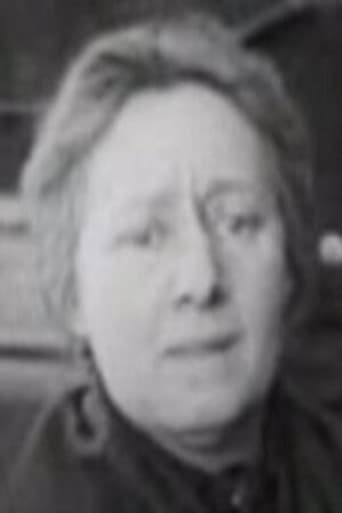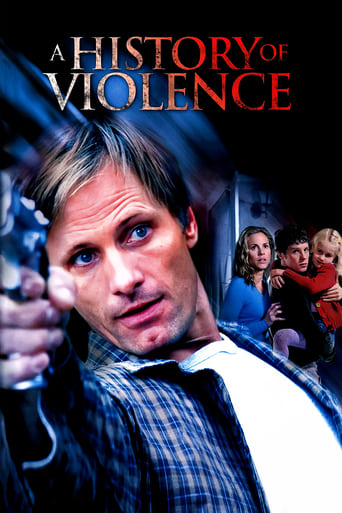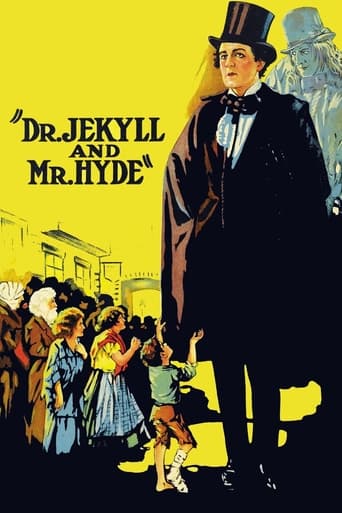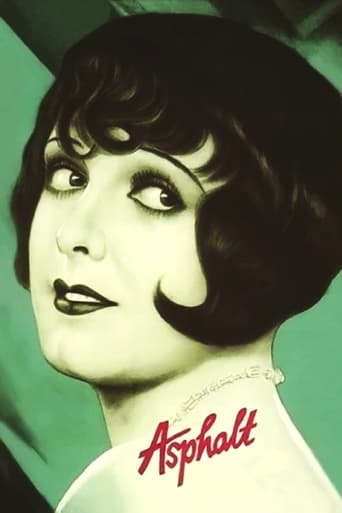

Asphalt (1929)
One of the last great German Expressionist films of the silent era, Joe May’s Asphalt is a love story set in the traffic-strewn Berlin of the late 1920s. Starring the delectable Betty Amann in her most famous leading role, Asphalt is a luxuriously produced UFA classic where tragic liaisons and fatal encounters are shaped alongside the constant roar of traffic.
Watch Trailer
Cast
Similar titles

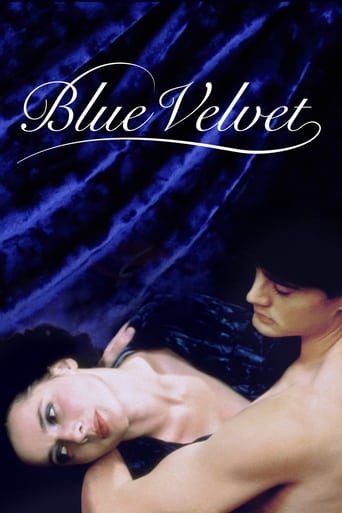
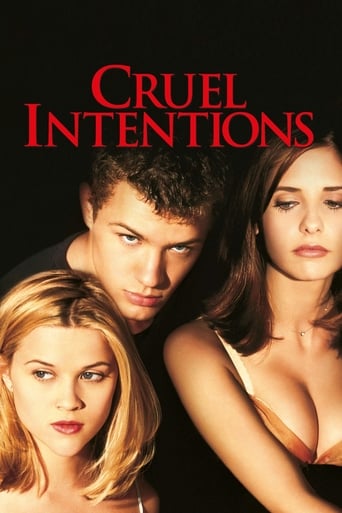
Reviews
Great Film overall
Beautiful, moving film.
I like movies that are aware of what they are selling... without [any] greater aspirations than to make people laugh and that's it.
There are better movies of two hours length. I loved the actress'performance.
"Asphalt" is a German 90-minute silent movie in black-and-white. This was made in 1929 and at that time, it was already the final years for silent films as sound movies took over a little later. And this film here was unfortunately also no great farewell to the old days. This film brings really nothing new to the table. It is the old femme-fatale story that was so popular during the days of silent film and her male equivalent is a police officer this time, which obviously result in quite a few issues in terms of breaking the law or not. Lead actress Betty Amann sure looks the part and it may have been her performance here that let her work with Hitchcock not much later. Yet, that part was nowhere near as big as her role here, so this stays her career-defining performance. She looks a lot like Louise Brooks by the way and I wonder why femme-fatales were basically always dark-haired in film during that era.The writer and director here is Joe May, very simple name, but he is not really known today anymore and this one here may also be his most famous work. Sadly, I do think that it was his script that was the reason why I did not find this a particularly great watch. The actors were okay. The film also could have needed more intertitles, but that's true for 95% of the old films from the silent era. So overall, not a failure, but also not a particularly good watch and I found little to none memorable moments in this movie. I cannot recommend. Sorry, I have to give it a thumbs down.
Asphalt (1929) begins stylishly with a city montage sequence and plenty of Germanic-styled subjective point of view shots before giving way to a more subdued, intimate Kammerspiel style. A Clara Bow/Louise Brooks look-a-like (Betty Amann) is shopping for jewelry. The storeowner, entranced by her salacious behavior, does not notice when a handful of diamonds fall to the floor. The woman uses the hollowed out bottom of her umbrella to steal one of the diamonds. She is eventually caught, but pleads poverty, which convinces the shopkeeper not to press charges. However, the arresting officer, played by Gustav Fröhlich, plays by the books and insists on bringing her to the police station. The woman asks if they can go by her apartment for her papers. Once in her apartment the seduction begins full throttle. The entrance into her sexual den is given special treatment with a slow, circular panning shot from the officer's point of view. His resistance is admirable, but not impenetrable. She tries everything, including lying in wait in her bed. When all seems to fail and the officer is about to leave she hops out of the bed and literally jumps into his arms, melting his final resolve with passionate stares and heavy breathing. The theme is a common one in German expressionism: the fall/degeneration of the moral upstanding male at the hands of a woman (Pandora's Box, Blue Angel) or social forces (The Last Laugh, The Last Command, American but Germanic in feel). But May handles it subtly and with an erotic-sexual undertone one finds most strikingly in German cinema of the late twenties (Blue Angel, Pandora's Box, Metropolis, Variety, etc.). The film also reflects social critic Siegfried Kracauer's point on pre-Hitler German cinema about the presence of the weak male figure. The young officer's moral and ethical resolve is broken down by the woman's sexual advances, to the point where he accidentally murders the woman's gangster lover in a fist fight after he returns home to unexpectedly find him there (the murder is shot through a mirror reflection). However, when the policeman returns home and tells his parents, the father, also a policeman, does not hesitate to don his police uniform and arrest his son. In the end, the police officer is exonerated by the woman's guilt of complicity. She is arrested, and the final image sees her walking away along a corridor filmed through a prison-like door. As an historical aside, in an underground scene where city workers lay out asphalt, we see a sinewy camera movement along the ground that foreshadows the similar documentary-like camera movements in Pabst's Kammeradscahft (1931).
Outstanding German silent era crime drama; an early film noir about a young traffic officer who gets involved with a femme fatale he has just arrested for stealing a diamond from a jeweler's shop. This spit-curled, dark-haired beauty attempts to use tears, tricks, Cognac, a pillow-laden couch proportioned like a king-sized bed, and finally a black-laced bodysuit/nightie to seduce our officer into letting her off. These two soon become emotionally involved with each other, but the officer is feeling guilt over shirking his duty to arrest her.The photography in this film is really excellent - the film as a whole is very visual, with lots of facial close-ups, softly filtered lighting along with shadowy rooms and hallways, and an interesting montage at the beginning of the asphalt streets of Berlin and it's fast moving crowds of people and traffic, all shown with interesting overlapped and angled photography. The actors all give excellent, emotional performances. The actress, Betty Amann, who portrays the thief is especially good here, seducing both our officer and the viewer with just her eyes, showing a great range of emotion in close-up. The print on the DVD of this looks good, the orchestral score is really great and suits this to a tea. I have seen many, many silent films and I would certainly count this one among the best I've seen.
Produced by Murnau, and brilliantly directed by May, this silent drama is a masterpiece of cinematography. From the opening montages, with workmen tamping down hot asphalt and the steamrollers behind them and the rain-wet streets shining in the street lights, to the traffic slanting across the street while the young policeman directs traffic, to the change in the lighting at his home after he feels he has fallenhe stands in shadow while down the hall in a halo of light his mother is busy in the kitchen, as if he were observing another worldto the expressionist shadows on the staircases toward the endit's magnificently conceived and photographed. The lighting effects are astonishing. The story is not profound, involving an upright young traffic policeman falling under the spell of a diamond-thieving courtesan (Bette Amman), and when they are surprised in her bedroom by her regular lover, an older diplomat, who hurls the woman to the ground, the young man defends her, and himself, with the result that the man dies. He goes home and tells his parents he has killed a man, and the father, also a policeman, stands up, puts on his dress helmet, and they go downtown. But the woman intervenes, calmly incriminating herself to save the young man. She is taken away to prison, but the young man says he will wait for her, and she looks at him with eyes brimming with tears, and a smile. Amman has impossibly big dark eyes and a helmet of bobbed, curly hair. Her cloche hats give her head a sculptural look, and she also moves sometimes with astonishing sensual power, as when she throws herself on the young policeman, winding her arms around his neck, her toes clinging to his boot-tops, her huge luminous eyes inches from his. In the early part of the film she is hard and manipulative, but at the end she has been shaken by real feeling and humanized. Okay, it's an old story, riddled with cliché, but in this treatment it works, largely because the film is so beautifully shot.

